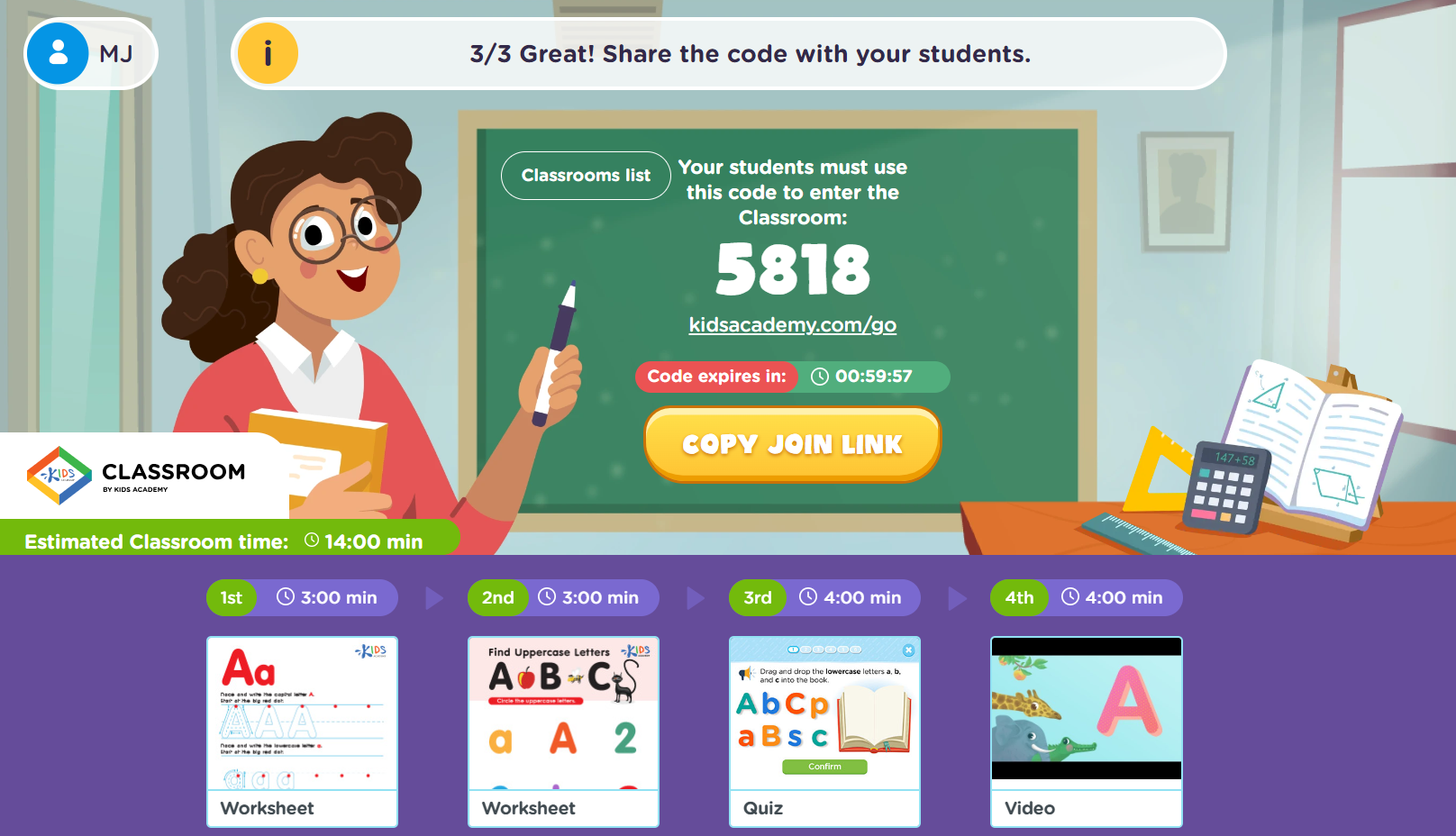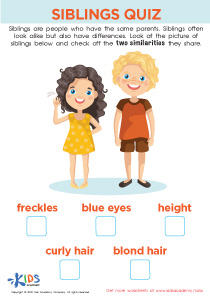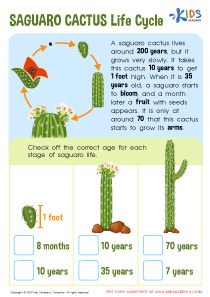Animal identification Normal Science Worksheets for 4-Year-Olds
3 filtered results
-
From - To
Introduce your 4-year-old to the animal kingdom with our engaging Animal Identification Normal Science Worksheets. Specially crafted for preschoolers, these worksheets combine fun activities with essential learning objectives, helping young minds identify and learn about various animals. They'll enjoy matching animals to their habitats, coloring their favorite creatures, and more. Each worksheet is designed to stimulate curiosity and develop foundational science skills, providing a perfect blend of education and entertainment. Foster a love for nature and science early on with our carefully curated worksheets that make learning an adventure.
Discover more engaging learning activities at Kids Academy!
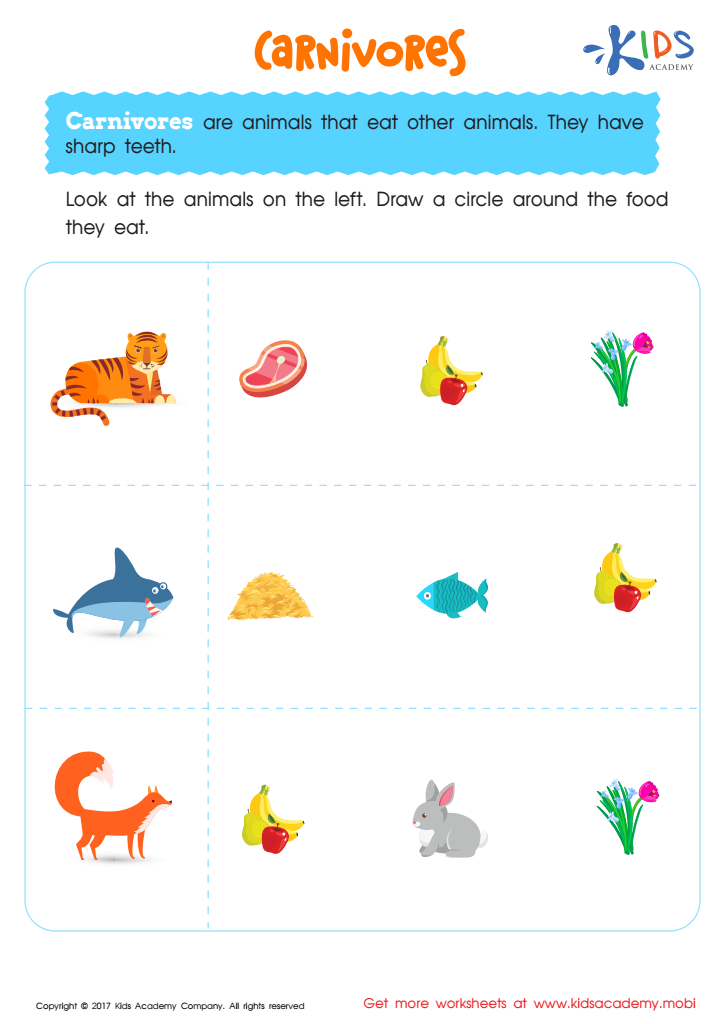

Carnivores Worksheet
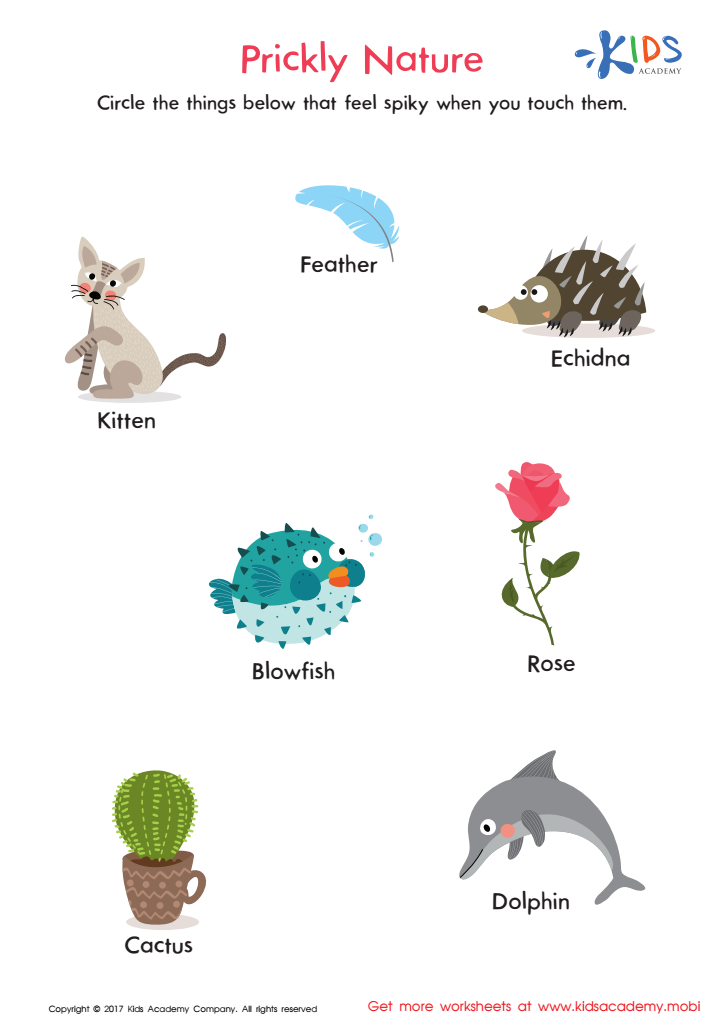

Prickly Nature Worksheet
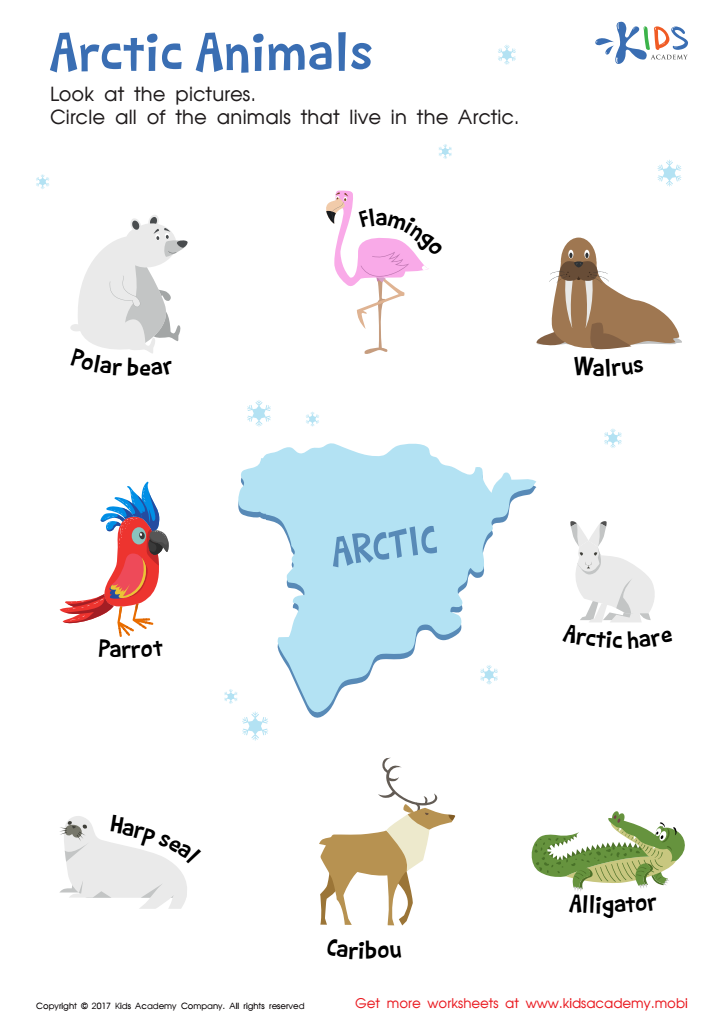

Arctic Animals Worksheet
Teaching animal identification to 4-year-olds is a valuable exercise that captures their natural curiosity about the world. At this age, children are like sponges, absorbing new information at a remarkable rate. Learning to identify animals serves many educational and developmental purposes.
Firstly, it helps in expanding their vocabulary. As children learn the names and characteristics of various animals, they enrich their language skills, which is foundational for later reading and writing proficiencies. Moreover, distinguishing between different animals sharpens their observational skills and boosts their attention to detail.
Secondly, animal identification lays the groundwork for basic scientific understanding. It introduces children to the concepts of classification and taxonomy in an approachable way. They learn to categorize animals based on shared traits, which is a fundamental scientific skill. This also ignites an interest in natural sciences, fostering a love for learning and inquiry.
Additionally, knowing about animal habitats and behaviors can enhance a child's empathy and respect for nature. Understanding that different animals need different environments cues them into broader ecological principles, promoting early environmental awareness.
Incorporating animal identification activities — through books, puzzles, nature walks, and educational games — makes learning interactive and enjoyable. Engaging with these concepts in a playful manner helps secure foundational skills and a lifelong appreciation for the natural world.
 Assign to My Students
Assign to My Students





